Nearest Tourist Spots
| Tourist Place | Distance |
| City Palace | 240 m |
| City Palace Museum | 280 m |
| Jagdish Temple | 480 m |
| Jag Mandir | 550 m |
| Gangaur Ghat | 590 m |
| Lake Pichola | 590 m |
| Lake Fatehsagar Udaipur | 3.86 km |
| Shrinathji Temple | 50 km |
| Monsoon Palace | 5.14 km |
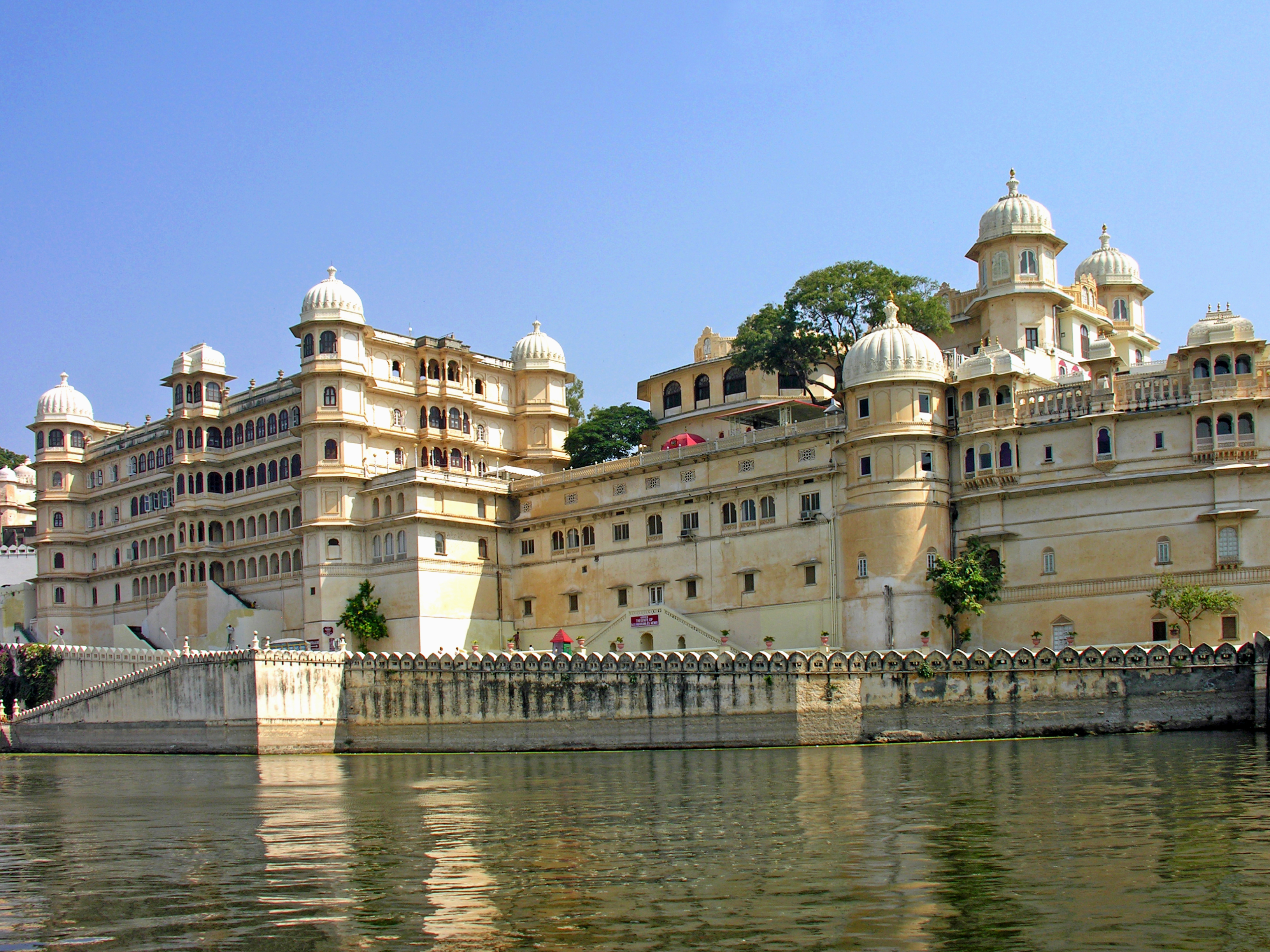
City Palace
The City Palace stands above Pichola Lake, having served as an abode for the ruling family. The balconies, cupolas and towers of the palace give wonderful views of the Lake and the surrounding city. The “Palace” actually consists of four major and several minor palaces. Construction of the Palace was started by Maharana Udai Singh II in the mid-sixteenth century and continued by successive Maharanas who added palaces and other structures to the complex. Each palace is designed in a unique way. Decorations like mirrored tiles, paintings, glass work and ornamental tiles bring to life the opulence of the era.
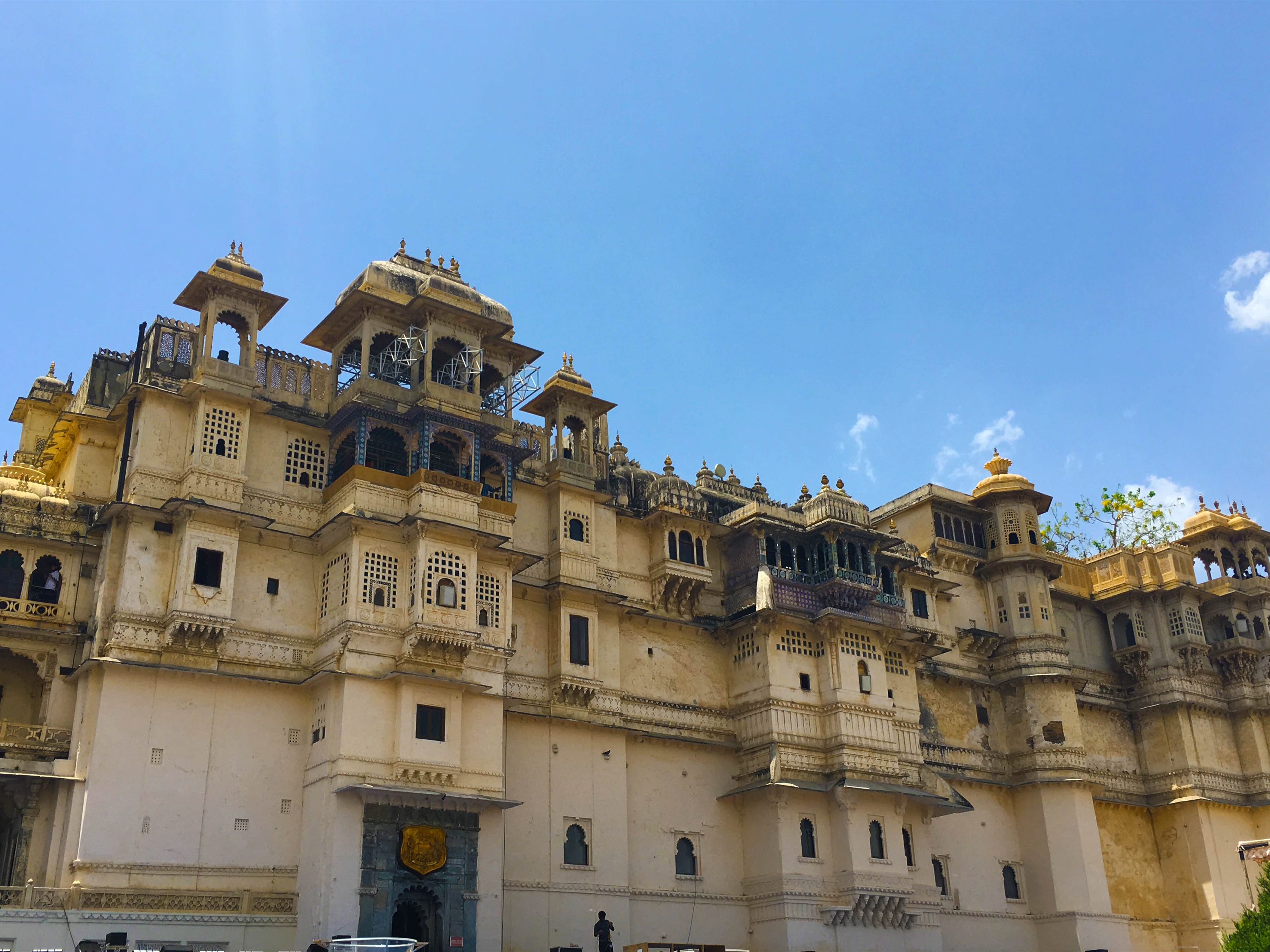
City Palace Museum
The City Palace Museum is the crown jewel of the Palace Complex. It is here that you can immerse yourself in the history of the Maharanas of Mewar and really get a feel for their culture and how royalty lived. The sprawling museum is actually a series of palaces, including the Mardana Mahal (palace for the royal men) and the Zenana Mahal (palace for the royal women).The current custodian of the House of Mewar, Shriji Arvind Singh Mewar, hasn't merely been content with restoring the City Palace to its former glory. Ongoing projects are underway to develop it into a world class museum.
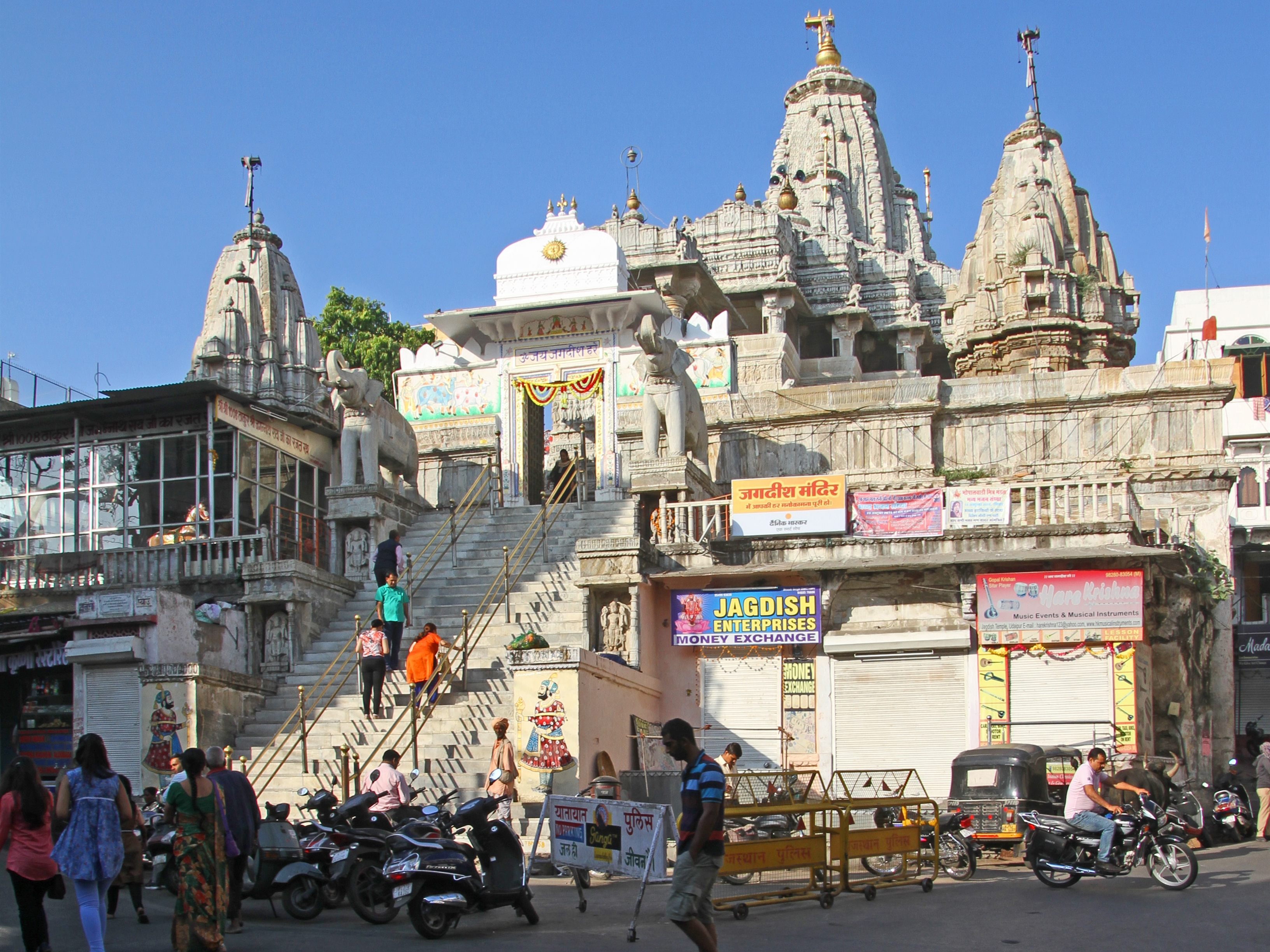
Jagdish Temple
Jagdish Temple is one of the most famous temples of Udaipur. The temple is built in the Indo-Aryan style of architecture and is a beautiful example of Hindu Iconography, consisting of three stories of hand carved stone. Jagdish Temple was built in1651 by Maharana Jagat Singh who ruled Udaipur from 1628 to 1653. The temple is dedicated to Lord Vishnu (Laxmi Narayan), the Preserver of the Universe. It is celebrated for being the largest temple in the city of Udaipur. The temple is close to the Great Gate of the City Palace.
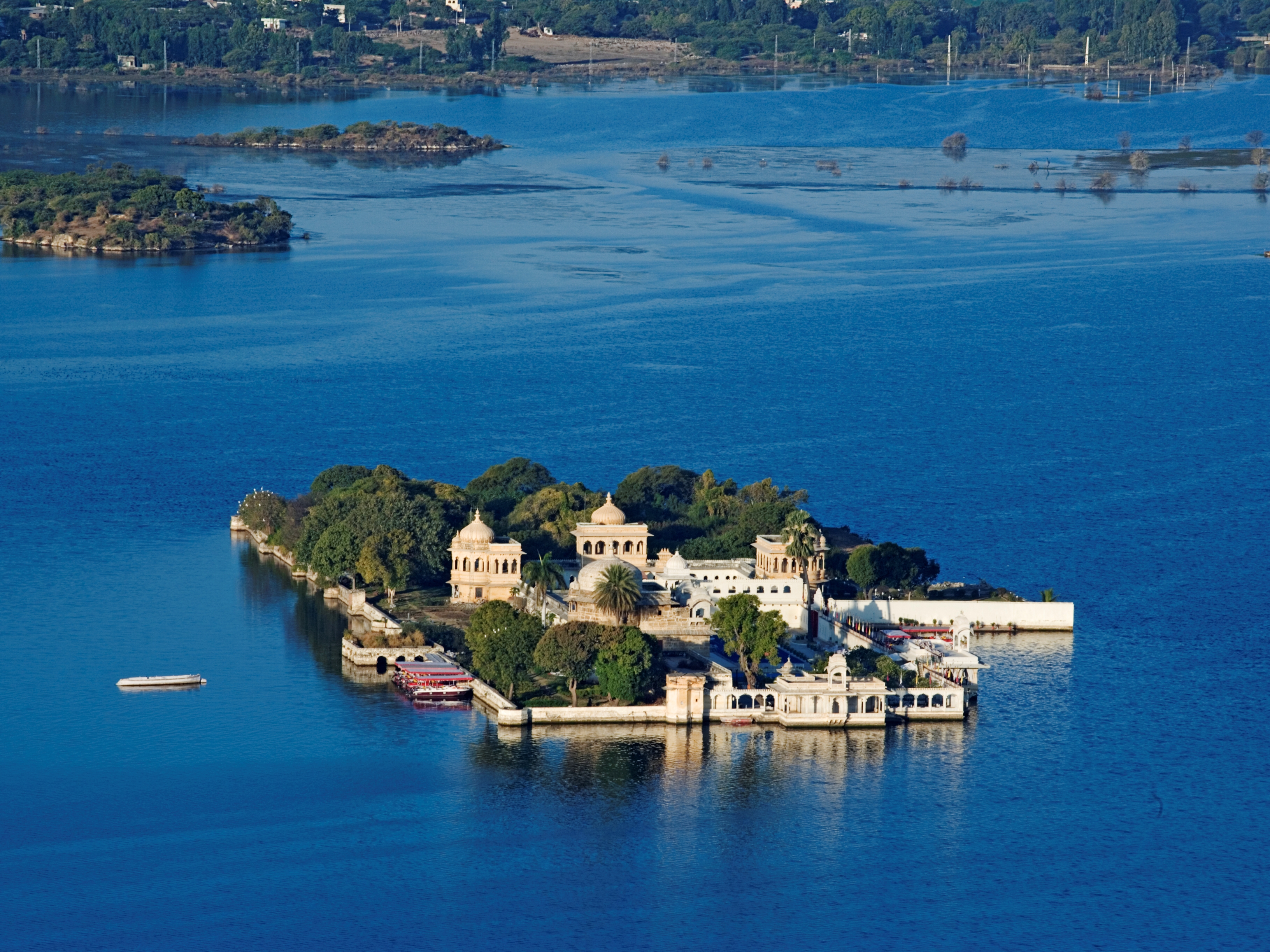
Jag Mandir
Experience the best of Rajasthani architecture at Jag Mandir. Located in the middle of Lake Pichola this fine structure is a marble dream floating on a lake. It is named in honor of Maharana Jagat Singh and also known as the "Lake Garden Palace". A statue of an elephant in white marble welcomes every visitor to Jag Mandir who can reach the palace by boat from the jetty at Bansi Ghat. The construction of the palace was started in 1551 by Maharana Amar Singh, continued by Maharana Karan Singh (1620–1628) and finally completed by Maharana Jagat Singh I (1628–1652).
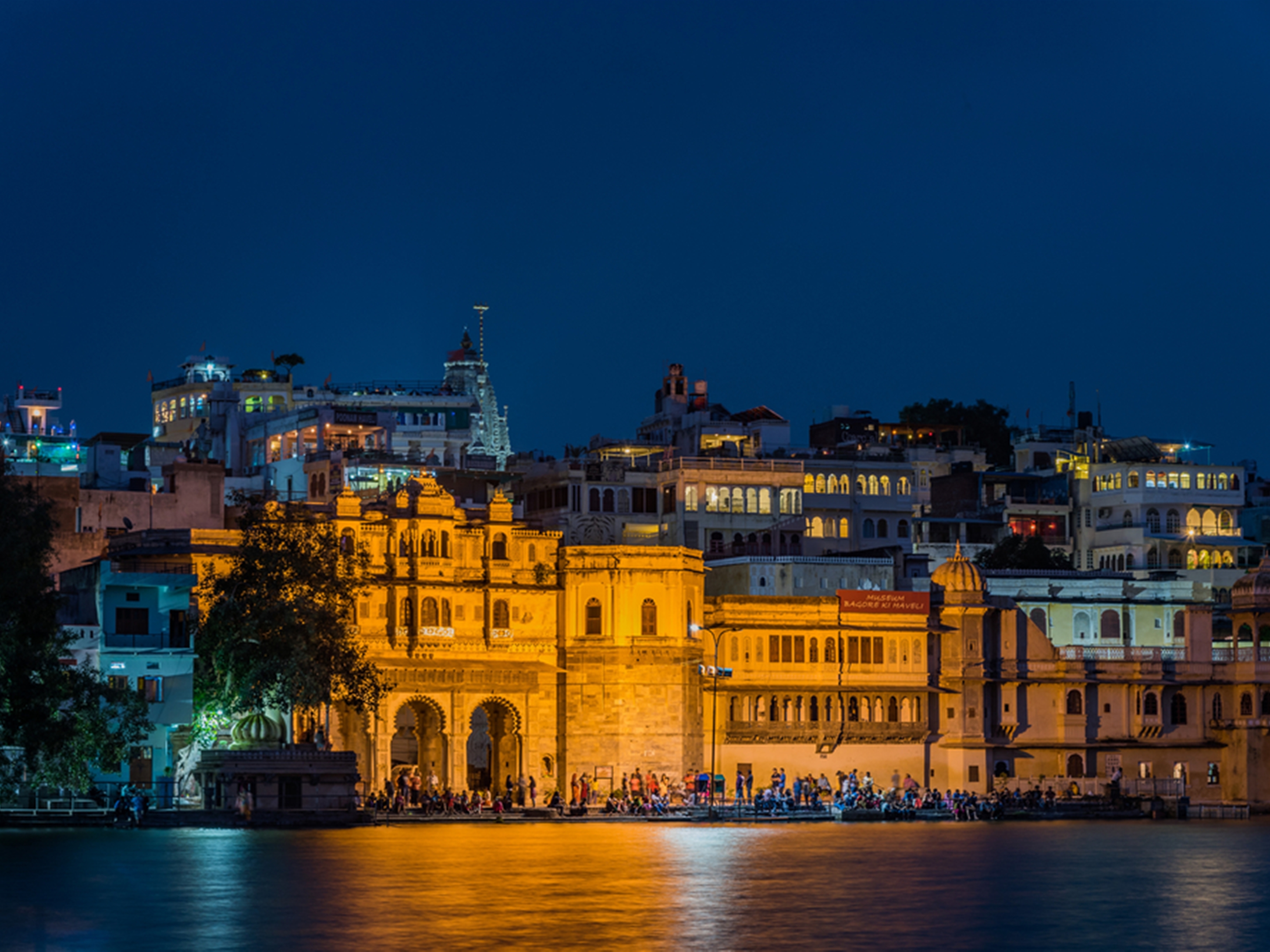
Gangaur Ghat
Gangaur Ghat is the heart of the Old City and serves various needs for locals and visitors; convenience, serenity and religious. It is the perfect spot for photographers and a popular hangout for the city’s youth. Gangaur Ghat is considered as one of the main Ghats of Udaipur. The Ghat is named for the famous Mewar Gangaur Festival.
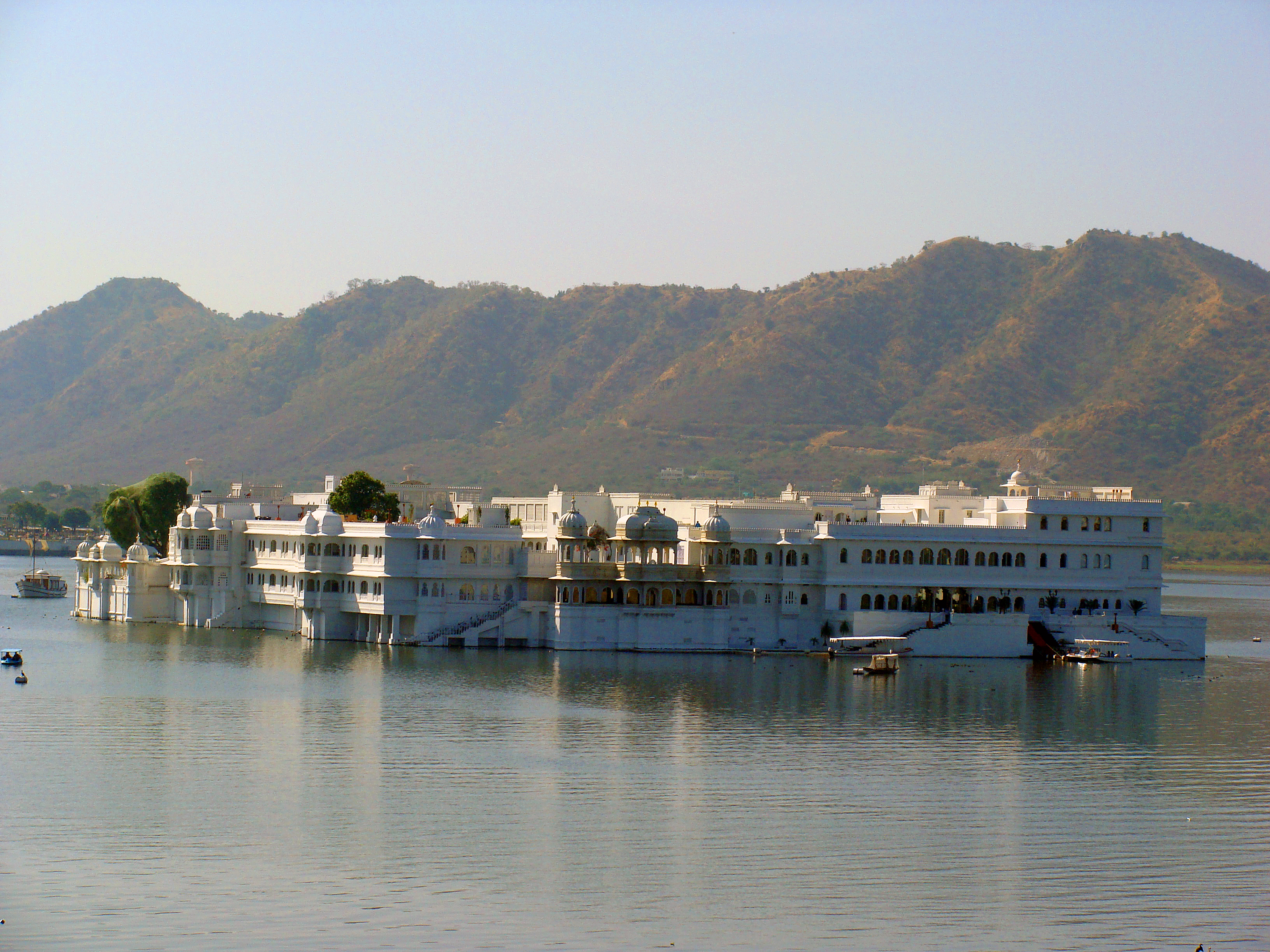
Lake Pichola
Lake Pichola is one of the most famous tourist attractions in Udaipur. Flanked by palaces, temples, mansions, Ghats and restaurants, Lake Pichola offers something for everyone. The enchanting views of sunrise and sunset from the lake are something that should not be missed by anyone visiting Udaipur. Three miles in length, two miles in width and with a depth of 30 feet, Lake Pichola has four main islands namely Jag Niwas, Jag Mandir, Mohan Mandir and Arsi Vilas.
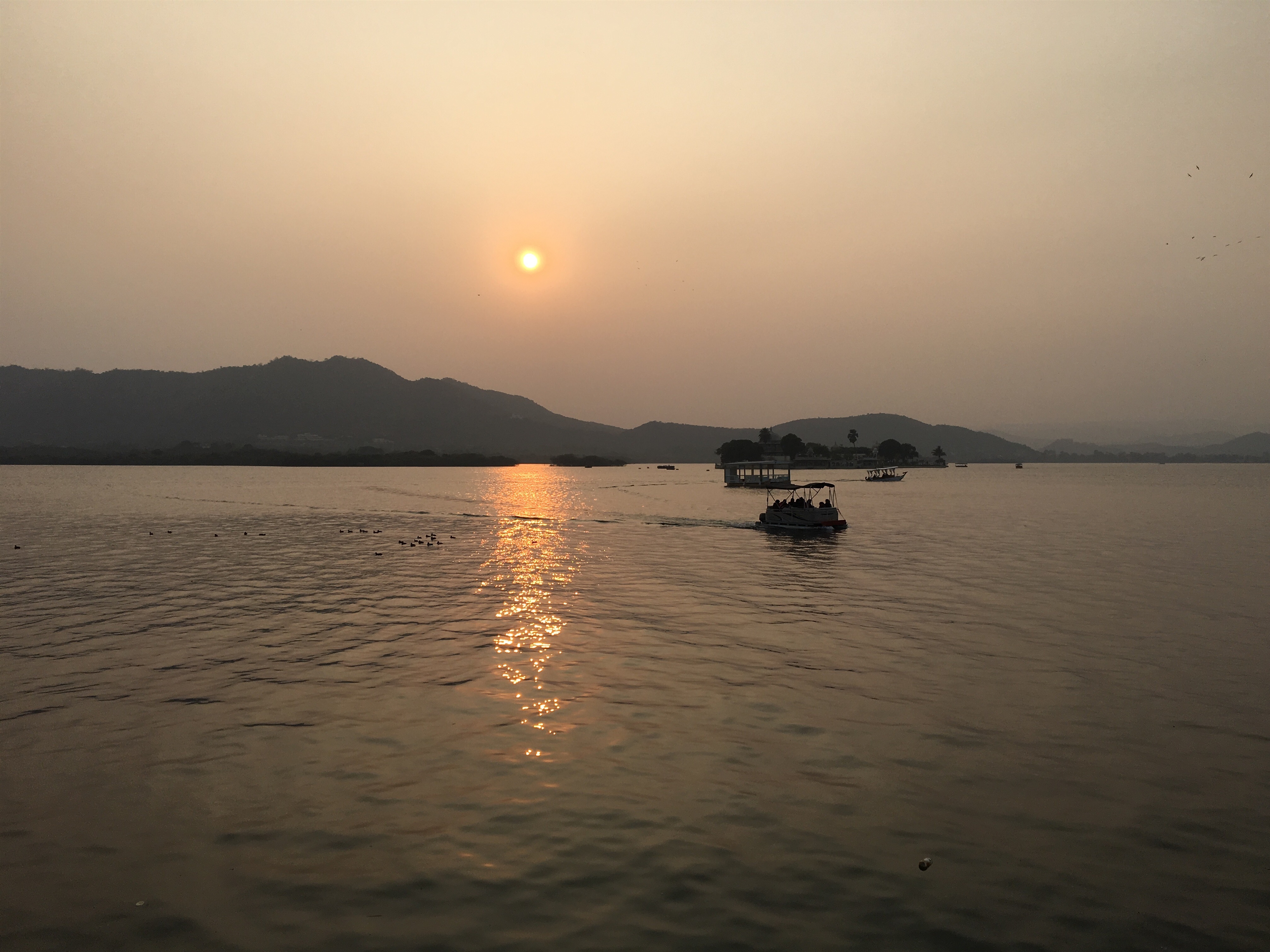
Lake Fatehsagar
Fateh Sagar Lake is the second man-made lake of Udaipur, the first being Jaisamand Lake. Located to the north of Lake Pichola, Fateh Sagar Lake lies just beside the entrance to Moti Magri Hill and northwest of Udaipur City. Fateh Sagar Lake has three small islands, which can be reached by boat. The largest island features the gardens of Nehru Park and a popular boat-shaped restaurant.
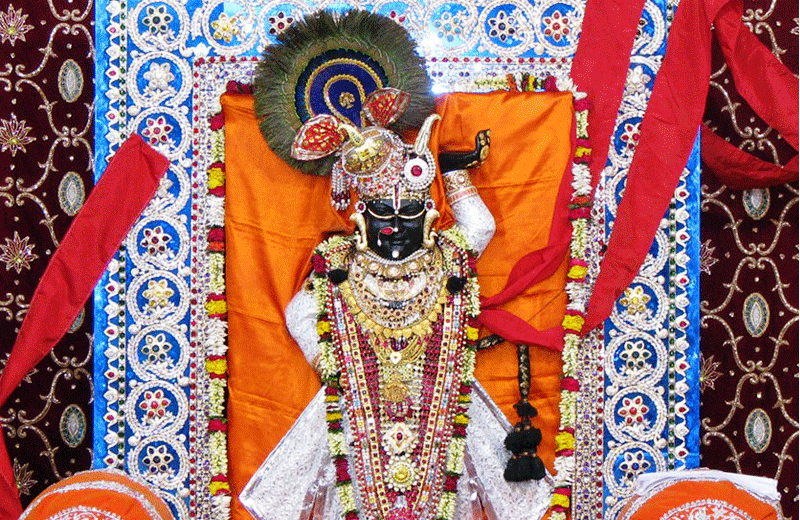
Shrinathji Temple
Shrinathji Temple is one of the most revered shrines of Lord Krishna in Udaipur. The idol of Shrinathji was consecrated in Vrindavan (land related to Lord Krishna).
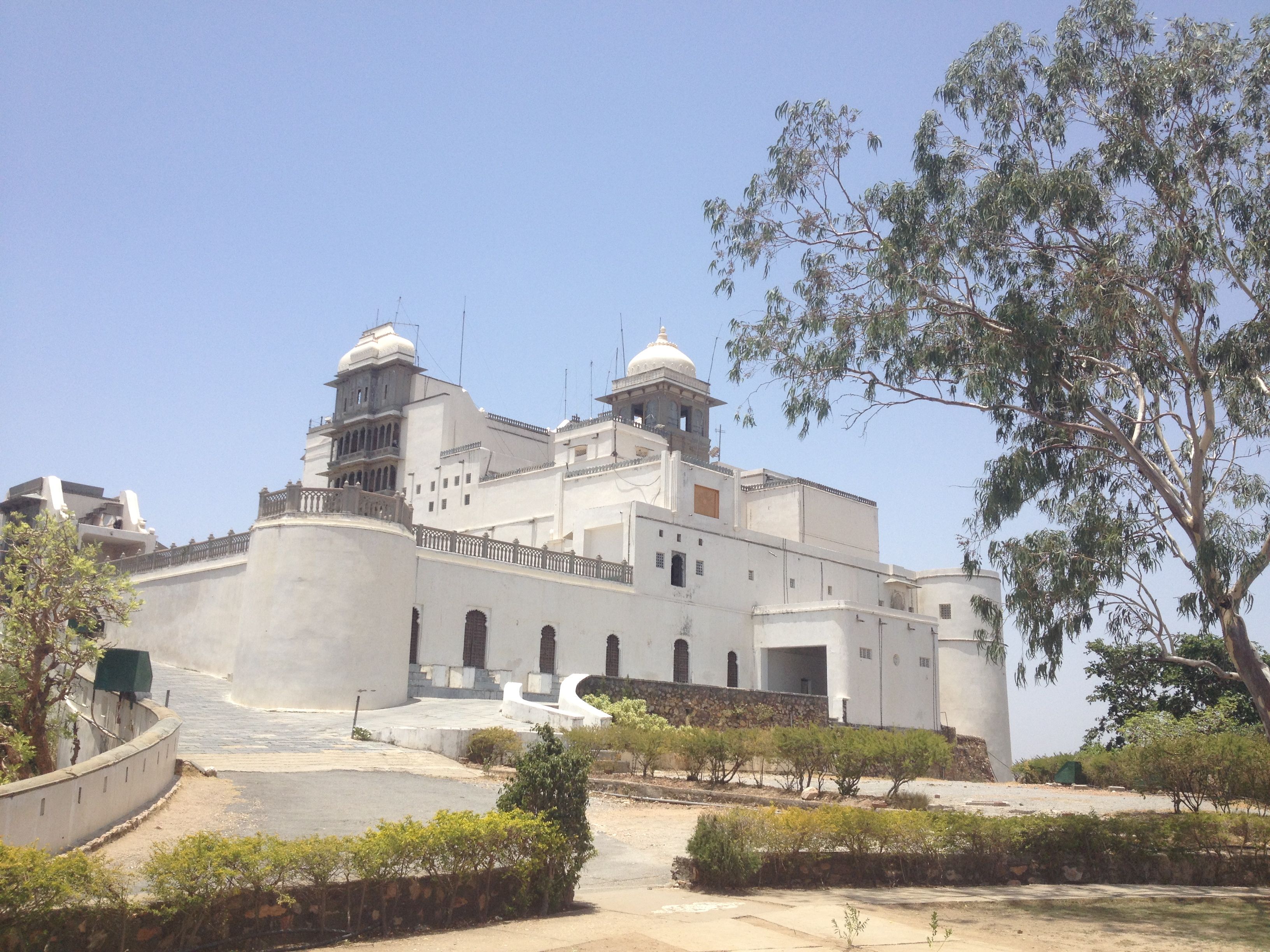
Monsoon Palace
The Monsoon Palace, properly known as Sajjan Garh Palace and named for Marharana Sajjan. Sited atop a hill, the Monsoon Palace offers a panoramic view of Udaipur, The unfinished palace was intended to be a 9 storey astronomical observatory which would record the arrival of monsoons by keeping track of the monsoon clouds. The entire palace is rich in Rajasthani architecture with jharokhas and fountains. The beauty of the Monsoon Palace is at its peak at night when all the jharokhas are lit up.
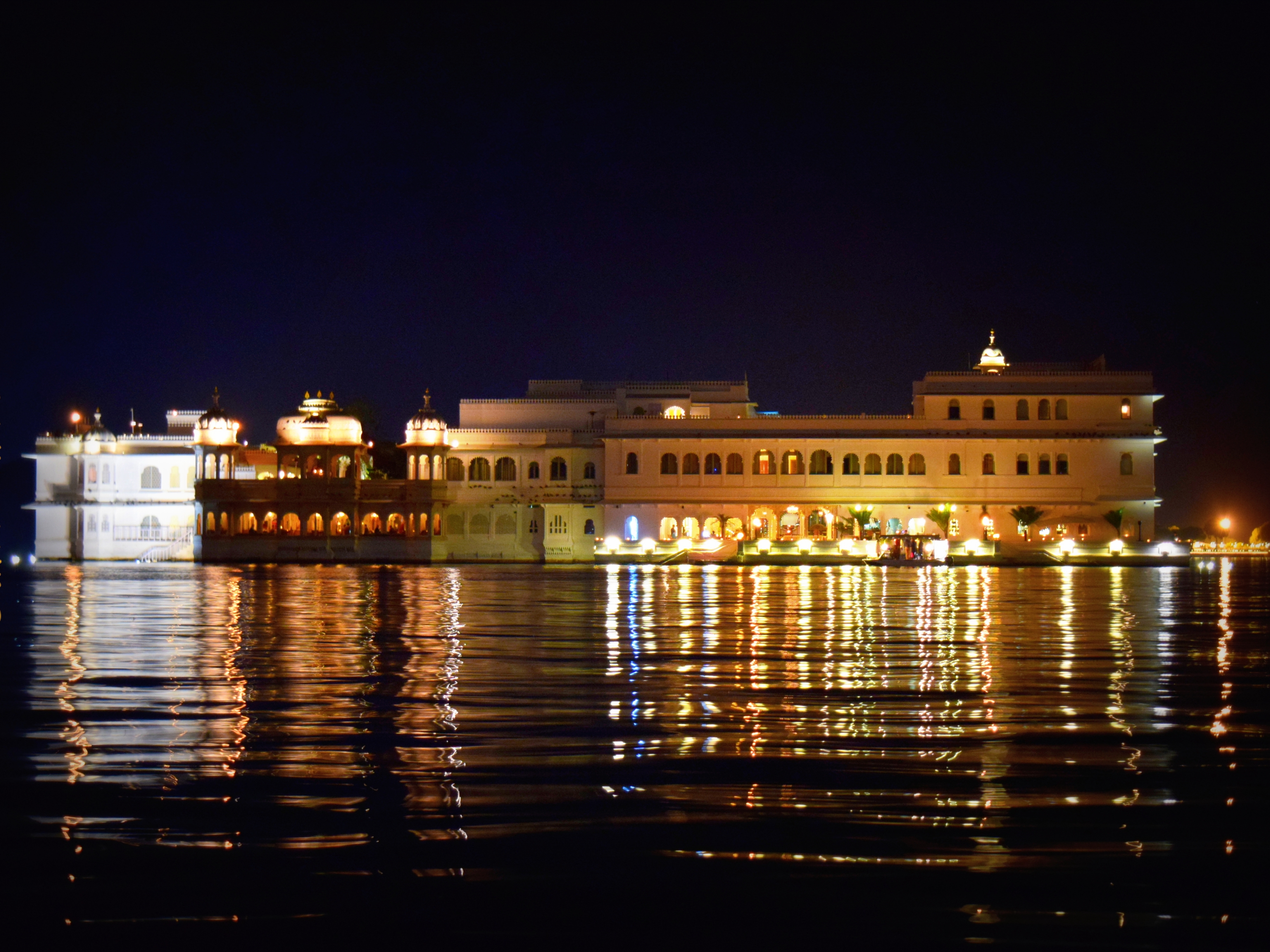
Ambrai Ghat
In the charm of Udaipur a vital role is played by the astounding Lakes that are stretched on the ground of our Mewar and serve generating scenic beauty that shall be mesmerized by each! The Udaipurites bestow their affection on the spots that deliver eternal nirvana, hence as everybody are aware of the fact that Ambrai is one of the most loved places of Udaipurites. Ambrai Ghat is a gateway to a delighting experience that passes from the old streets of the area called as ‘Old City’ in Udaipur.. The Pichola water splashes on the Ambrai Ghat synchronously with the dancing wind accompanied by the birds and pigeons chirping joyously, and as the golden sun decides to enter the Pichola Lake delivering an enchanting view.
Udaipur is famous for its beautiful Rajput-era palaces and its many lakes as a must-see destination; a place for fairy tale weddings and a place with an exciting history. Variously known as the City of Lakes, the Venice of India, the Kashmir of Rajasthan, and the White City, Udaipur is built around four lakes, with Lake Pichola being the most popular. It’s as laid-back as any Indian city can be and many people think it’s the most beautiful city in India. We hope you agree.
